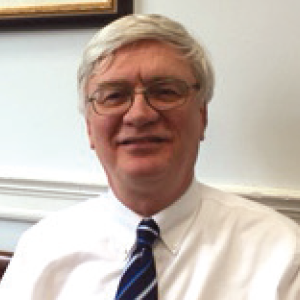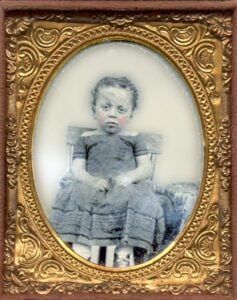My first visit to NEHGS was with a now-deceased friend and former coworker and her husband in a February in the mid-1980s. This was also my first visit to New England. We drove up for a genealogy-related purpose: Sally was picking up a melodeon, a reed organ, from a cousin of hers in Dedham. While in the Boston area, we went downtown, ate at Durgin Park, visited Goodspeed’s Book Shop, and, of course, went to NEHGS for a few hours. It is a far different place now than it was 35 or so years ago. I still remember some of the look of the place, especially where the microfilm used to be on the level between the two of the floors, along with most of the rest of the public areas.
Since then, I’ve been to Boston, New England, and Newbury Street more times than I can count. The vast majority of my visits have been to work on the New England ancestors of my late wife Paula. Her New England ancestors concentrated in Plymouth Colony and in the Lancastrian towns in Worcester County. There were also Fairbankses in Dedham, some in a few towns in eastern Norfolk County, and still others in the Oakham-Rutland area who moved to Chester, then to Putney, Vermont (where they met up with some Fairbankses) and then migrated to Indiana. I’ve had much success in this research at NEHGS and still have more to do.
One thing that I as a half-Norwegian, native Virginian never thought I would find at NEHGS, however, was any of my own ancestors.
One thing that I as a half-Norwegian, native Virginian never thought I would find at NEHGS, however, was any of my own ancestors. A few years ago, while playing with the Society’s online catalog, I discovered examples of the type of manuscript collection that many of us are building with our own research: extensive files on a particular surname. There, sitting in a library in Boston, was material on the surname of one of my maternal great-grandmothers, Ida Mary Way (1863-1932). Ida was born in Morgan County, Virginia (now West Virginia) during the Civil War and later lived in Baltimore and southwestern Pennsylvania. Her family was quite peripatetic in the Mid-Atlantic area between Virginia, Washington, D. C., Maryland, and Pennsylvania. There is no New England connection in sight. Cast your research net widely, however!
On a subsequent visit, I delved into the “Charles Granville Way Papers, 1854-1928” (Mss 50) and the “Mary Elizabeth Way Papers, 1959-1986” (Mss. 384) in the R. Stanton Avery Special Collections at NEHGS, where I was stunned to find material on my Way family! There was even a file in the former collection on one of my great-great-great-great-grandfathers, Frederick Way of York, Pennsylvania, and Frederick, Maryland. Of course, Frederick’s file was one of those for people that cannot be connected to anyone! I was amazed and remain grateful many years later that NEHGS had accepted these collections long ago. Although the collections did not reveal where Frederick came from or who his parents were, there was useful information about him and his immediate family to supplement what I had previously found. This material had come from a distant cousin who was descended from a branch of the Ways that settled in the Shenandoah Valley. This discovery reinforced what I had known for years – look everywhere you can think of for information!
With still no New England ancestors of my own, imagine my surprise a few years ago to discover a listing in the 1880 Boston city directory for my great-grandfather and Ida Way’s husband Harry Milton Lynton, M.D.! What was he doing there? His life centered on Baltimore. In 1881 he married his first wife in Shippensburg, Pennsylvania. The marriage record said he was from New York City. Other records say he was born in France. But again, what was he doing in Boston in 1880? He’s not there or anywhere else in the 1880 census or in previous or subsequent directories. I now have a possible New England ancestor who remains a mystery even after more than forty years of trying to discover his origins. I’m thinking there is an undiscovered name change here!
Share this:

About Eric Grundset
Eric G. Grundset has conducted genealogical research since the late 1970s. He served as Library Director for the DAR Library in Washington, D.C., for 33 years and retired at the end of 2017. The author of numerous articles in genealogical publications, with a focus on transcriptions of unusual Virginia records, Eric is also the editor of volumes on Virginia record abstracts, atlases of historical Virginia county boundary changes, source guides on the American Revolution for most of the original states published by the DAR, and an NGS guide to Virginia research. A lecturer at national, regional, state, and local genealogical conferences and events since the early 1980s, Eric has shared his knowledge of sources and techniques for research in Virginia, New York, and other states. His own research concentrates on Virginia, West Virginia, Maryland, Washington, D. C., Pennsylvania, Minnesota, Wisconsin, Illinois, and areas in Norway. Beginning his genealogical studies with the “inherited” work of a great-aunt in Richmond, Va., and grandmothers with long memories who lived to be 102 and 95, Eric knows that despite over 40 years of work, there is still much more to do in all of his areas of interest.View all posts by Eric Grundset →
